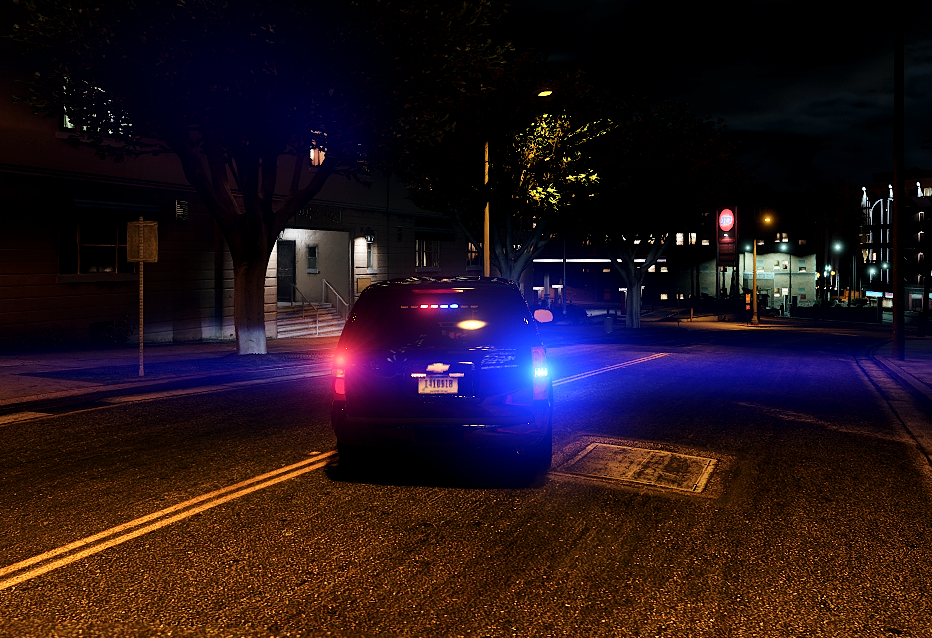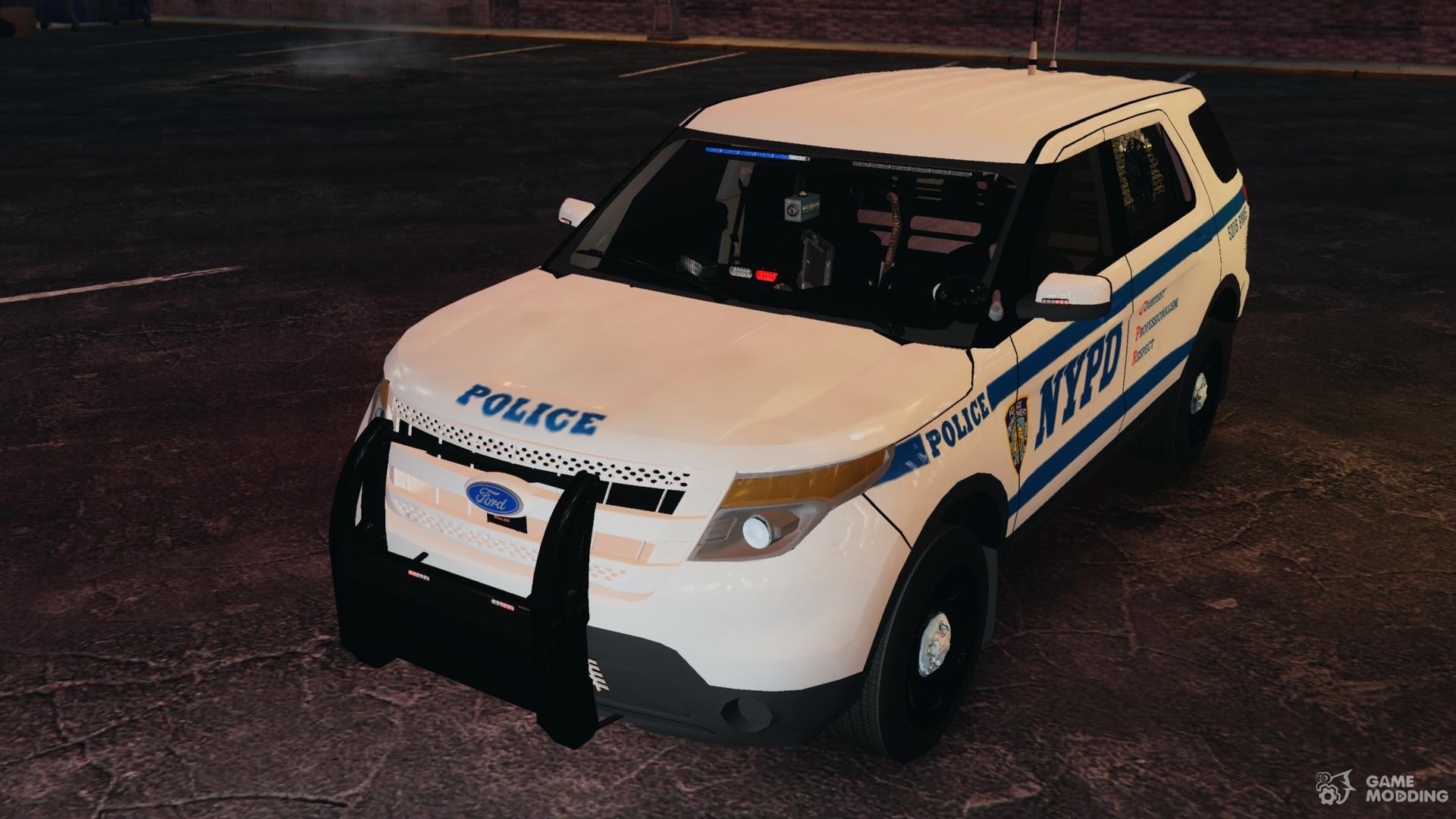

Consider what exterior lighting is required in a suburban setting, where the public way is remote from the structure. Exterior lighting is very straightforward for an urban high-rise building located right on the property line. The code requires emergency lighting in the exit path to the public way.

Similarly, don’t forget about exterior emergency lighting. There should be adequate emergency lighting to light the path from the desk areas to the corridors. Would lighting be required to make a safe exit? It is possible that power is lost only to lighting feeders leaving mechanical and electrical equipment still in operation? Exiting an unfamiliar mechanical or electrical room could be dangerous in these conditions.įor similar reasons, emergency lighting should be included in open-office areas. The 2015 edition of the IBC doesn’t explicitly say to provide emergency lighting in mechanical rooms or open-office areas, but these areas should be provided with emergency lighting systems.Ī good practice is for designers to imagine themselves in an unfamiliar mechanical room, open-office area, or any other area of a building. Code writers did leave some discretion to designers in regard to where emergency lighting is required.

Where: The basic requirement is to provide emergency lighting systems in all exit paths including stairwells, aisles, corridors, ramps, elevators, escalators, and passageways leading to an exit and to the public way. The where, how, and when of emergency lighting codes Underground and limited-access structures.Similarly, NFPA 111: Standard on Stored Electrical Energy Emergency and Standby Power Systems does so for electrical stored-energy emergency power systems.Īccording to the IBC and NFPA 101, the following occupancy types require emergency lighting systems: In particular, NFPA 110: Standard for Emergency and Standby Power Systems establishes performance and testing requirements for emergency and standby power systems including energy sources, converters, inverters, transfer switches, and controls. Other codes referenced by NFPA 101 are likely applicable to the project as well. Always compare NPFA 101 with the applicable local building code as some have more stringent or different requirements. In special building types, such as hospitals and health care facilities, occupancy-specific requirements may come into play. NFPA 70: National Electrical Code (NEC) defines installation requirements. NFPA 101 and IBC are written to coordinate with each other and define photometric performance. The building code, alternatively, might invoke NFPA 101: Life Safety Code. Usually, the code applicable to the design of the building-like the International Building Code (IBC), for example-sets the requirement to include an emergency lighting system as an element of the project design.


 0 kommentar(er)
0 kommentar(er)
